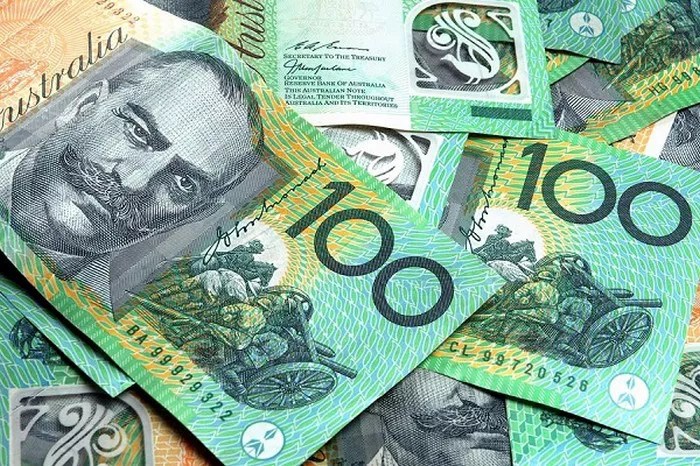Australia, known for its rich cultural diversity and vibrant history, boasts a unique currency system that reflects the nation’s identity. The coins circulating in the country are not just monetary units; they are tangible expressions of Australia’s heritage, geography, and values. In this article, we delve into the fascinating world of Australian coins, examining their physical features, historical evolution, and the cultural narratives they encapsulate.
Physical Features:
Australian coins are renowned for their distinctive design, capturing the essence of the nation’s flora, fauna, and historical landmarks. The coins come in five denominations: 5 cents, 10 cents, 20 cents, 50 cents, and 1 dollar. Each denomination possesses its own visual characteristics, making them easily distinguishable.
The 5-cent coin, for example, features the echidna, a unique and native Australian animal. The 10-cent coin showcases the lyrebird, known for its remarkable ability to mimic natural and artificial sounds. On the 20-cent coin, one can find the platypus, a monotreme that is both fascinating and exclusive to Australia. The iconic kangaroo graces the 50-cent coin, symbolizing the country’s wildlife. Lastly, the 1-dollar coin often features native birds like the kookaburra or the iconic Coat of Arms, representing Australia’s national identity.
Historical Evolution:
The journey of Australian coins began with the introduction of the Australian pound in 1910. However, it wasn’t until 1966 that Australia transitioned to the decimal currency system, resulting in the creation of the Australian dollar. This significant change also introduced the distinctive and visually captivating coins that are in circulation today.
The early designs of Australian coins predominantly featured images of the reigning monarch, as Australia is a constitutional monarchy. Queen Elizabeth II, the current monarch, has had her effigy grace the obverse side of many coins, showcasing the historical ties between Australia and the British monarchy.
In the 1980s and 1990s, Australia underwent a numismatic renaissance, with the introduction of innovative designs and materials. Commemorative coins were minted to celebrate various events, such as the bicentenary of European settlement in 1988 and the Sydney 2000 Olympic Games. These commemorative coins not only hold monetary value but also serve as collectibles, reflecting the nation’s evolving cultural landscape.
Cultural Narratives:
Beyond their aesthetic appeal and monetary value, Australian coins carry cultural narratives that connect citizens to their past and present. The inclusion of native flora and fauna on the coins emphasizes Australia’s unique biodiversity and serves as a reminder of the importance of environmental conservation.
The Coat of Arms, prominently displayed on the 1-dollar coin, symbolizes the unity of Australia’s states and territories. Featuring symbols like the kangaroo and emu, the Coat of Arms highlights the nation’s commitment to progress and a forward-looking vision.
Commemorative coins play a crucial role in preserving historical events and celebrating cultural milestones. Whether it’s the anniversary of significant historical moments or iconic Australian figures, these coins encapsulate the spirit of the nation at specific points in time.
Collectibility and Numismatic Value:
Australian coins have garnered interest not only for their monetary use but also as valuable collectibles. Numismatists, or coin collectors, appreciate the historical and cultural significance embedded in each coin. Rare and limited edition coins, especially those with unique designs or minting errors, can command significant premiums in the collector’s market.
The Royal Australian Mint and the Perth Mint, both responsible for producing Australia’s coins, contribute to the numismatic appeal by releasing limited edition sets, high-quality proof coins, and unique series. These offerings provide collectors with the opportunity to own pieces that go beyond the regular circulation coins.
See Also Are Australian $2 Notes Valuable? A Comprehensive Look
Conclusion:
Australian coins transcend their role as mere currency, becoming vessels of history, culture, and identity. The distinctive designs, historical evolution, and cultural narratives woven into these coins make them more than just monetary units—they are tangible expressions of Australia’s unique character. As these coins continue to circulate, they carry with them the stories of the nation, connecting Australians to their past and shaping their collective identity for generations to come.


